Flow Restrictor 300 for RO Systems
3,0 ر.ع.
The Flow Restrictor 300 for Reverse Osmosis (RO) Systems is an essential component that regulates water flow within RO filtration systems. It maintains the correct water pressure across all filtration stages, enhancing system efficiency and improving filtration results. It is used in residential and industrial water purification systems to ensure optimal water flow, reducing waste and improving system performance. Easy to install and compatible with most RO systems.
The Flow Restrictor 300 for Reverse Osmosis (RO) Systems is a vital component designed to regulate the water flow within RO filtration systems, ensuring consistent and optimal performance. It plays a crucial role in maintaining the correct water pressure across all stages of the filtration process, which is essential for the efficient operation of the system. By limiting excessive water flow, the flow restrictor helps prevent wastage, improves system efficiency, and ensures the best possible filtration results.
This device is commonly used in both residential and industrial water purification systems to ensure that the water is properly filtered, maximizing the effectiveness of the RO process. It ensures the water flows at the correct rate, preventing issues such as overuse or improper filtration. The Flow Restrictor 300 is designed for ease of installation and compatibility with a wide range of RO systems, making it an essential part of any reverse osmosis setup for high-quality and efficient water treatment.
FAQs
The size of the flow restrictor you need for your reverse osmosis (RO) system depends on the membrane capacity (gallons per day or GPD). The flow restrictor must match the wastewater flow rate required for proper operation.
Here’s a general guide for flow restrictor sizing:
| RO Membrane (GPD) | Flow Restrictor (mL/min) | Flow Restrictor (Drain Flow in GPD) |
|---|---|---|
| 24 GPD | 150 mL/min | 120-150 GPD |
| 36 GPD | 200 mL/min | 150-200 GPD |
| 50 GPD | 300 mL/min | 200-300 GPD |
| 75 GPD | 450 mL/min | 300-450 GPD |
| 100 GPD | 550 mL/min | 400-550 GPD |
| 150 GPD | 800 mL/min | 600-800 GPD |
How to Choose the Right Flow Restrictor:
- Find Your RO Membrane GPD Rating – It’s usually labeled on the membrane or in your system manual.
- Match the Flow Restrictor to the Membrane – The restrictor should allow a 4:1 wastewater-to-purified water ratio.
- Replace If Upgrading Membrane – If you increase your RO membrane capacity, you must upgrade your flow restrictor.
Types of Flow Restrictors:
- Capillary Tube – Inserted into the drain line, cut to adjust the flow.
- Inline Flow Restrictor – A small component installed in the drain tube.
- Combination Check Valve & Flow Restrictor – Found in some systems, serving dual purposes.
A flow restrictor in a reverse osmosis (RO) system is a small component installed in the drain line that controls the flow of wastewater going to the drain. It ensures the proper pressure is maintained across the RO membrane, allowing effective filtration.
Why is a Flow Restrictor Important?
- Maintains Proper Pressure: RO membranes need sufficient pressure to push water through and separate contaminants.
- Controls Wastewater Ratio: It regulates the waste-to-pure water ratio, typically 4:1 (4 parts waste, 1 part purified water).
- Prevents Excess Water Waste: Without a flow restrictor, too much water would go to waste, reducing system efficiency.
- Protects the RO Membrane: Too little pressure could damage the membrane or reduce its lifespan.
How It Works
- When water enters the RO membrane, the purified water (permeate) goes to the storage tank, while the rejected contaminants (wastewater) go to the drain.
- The flow restrictor controls the amount of wastewater, creating back pressure on the membrane to enhance the filtration process.
Types of Flow Restrictors
- Capillary Tube: A thin tube inserted into the drain line, cut to a specific length based on the membrane size.
- Inline Flow Restrictor: A small plastic device with a pre-set flow rate, installed in the drain tubing.
- Combination Check Valve + Flow Restrictor: Some systems combine both functions into one unit.
When to Replace a Flow Restrictor?
- When upgrading the RO membrane (higher GPD requires a larger flow restrictor).
- If you notice excessive wastewater (means the restrictor is too large or faulty).
- If the membrane is not performing well (low pressure might indicate an undersized restrictor).
How to Choose a Flow Restrictor for Your RO System
Choosing the right flow restrictor is crucial for the efficiency and longevity of your reverse osmosis (RO) system. Follow these steps:
1️⃣ Identify Your RO Membrane Capacity (GPD)
The flow restrictor must match the gallons per day (GPD) rating of your RO membrane. This is usually labeled on the membrane itself.
2️⃣ Select the Correct Flow Restrictor
Each RO membrane size requires a corresponding flow restrictor to maintain the correct waste-to-pure water ratio (typically 4:1).
| RO Membrane (GPD) | Flow Restrictor (mL/min) | Wastewater Flow (GPD) |
|---|---|---|
| 24 GPD | 150 mL/min | 120-150 GPD |
| 36 GPD | 200 mL/min | 150-200 GPD |
| 50 GPD | 300 mL/min | 200-300 GPD |
| 75 GPD | 450 mL/min | 300-450 GPD |
| 100 GPD | 550 mL/min | 400-550 GPD |
| 150 GPD | 800 mL/min | 600-800 GPD |
💡 Example: If you have a 100 GPD RO membrane, you need a 550 mL/min flow restrictor.
3️⃣ Choose the Right Type of Flow Restrictor
- Capillary Tube (Inserted inside the drain tubing, requires cutting to adjust flow)
- Inline Flow Restrictor (Pre-set, easy to install in the drain line)
- Combo Check Valve + Flow Restrictor (Common in some RO systems)
4️⃣ Replace the Flow Restrictor When:
✔ Upgrading your RO membrane to a different GPD
✔ Noticing excessive wastewater going to the drain
✔ Experiencing low pressure due to an undersized restrictor
Only logged in customers who have purchased this product may leave a review.
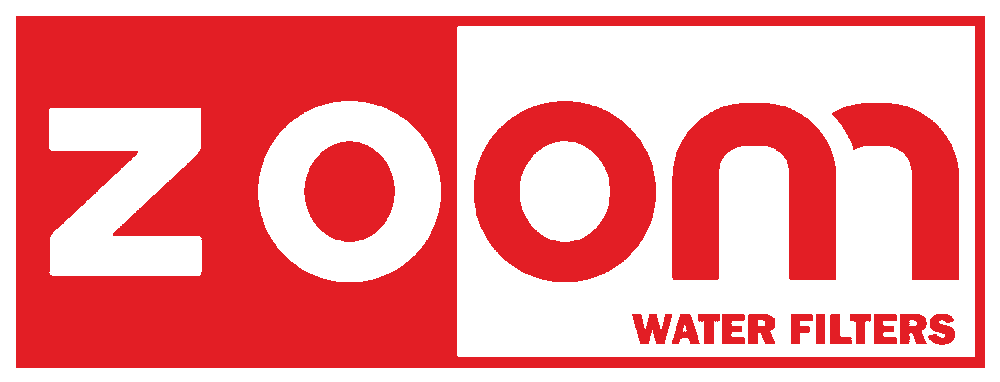

 العربية
العربية



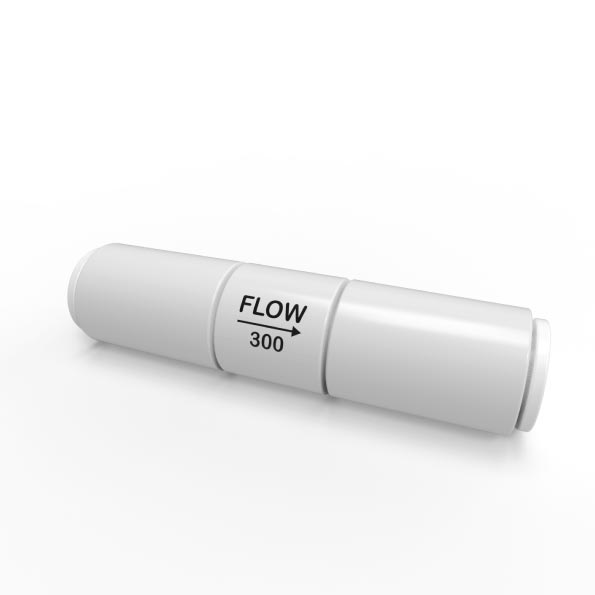
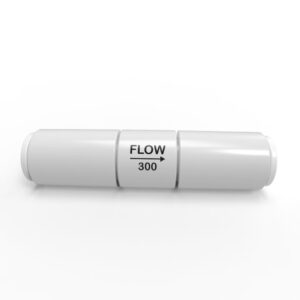



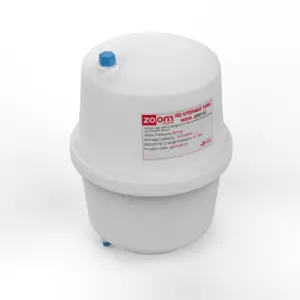
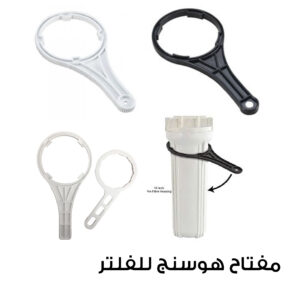


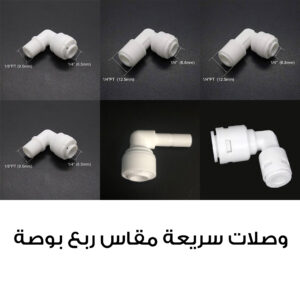
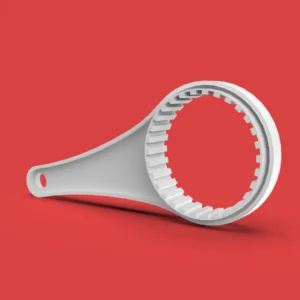

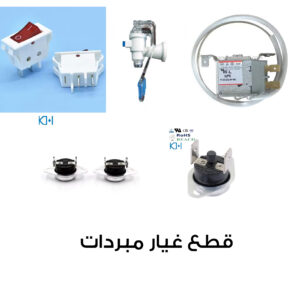

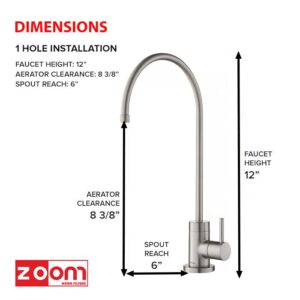
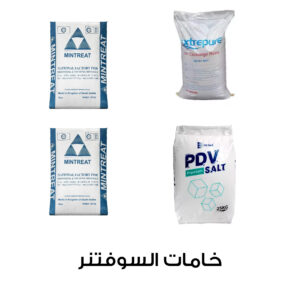

Reviews
There are no reviews yet.